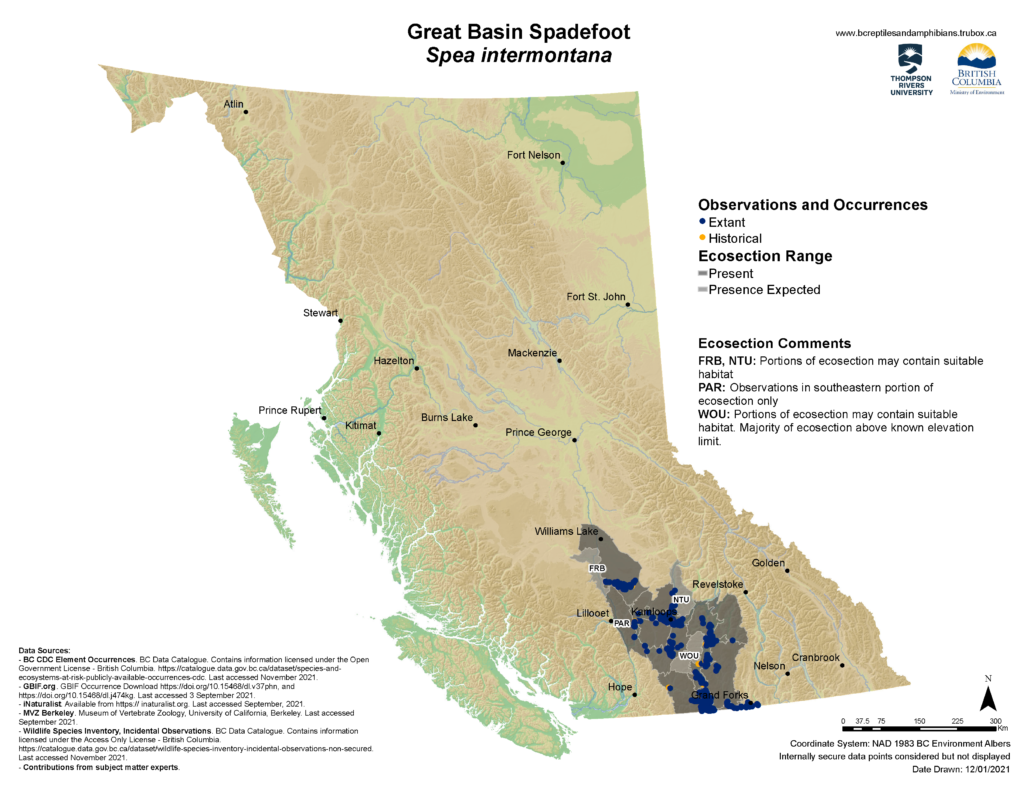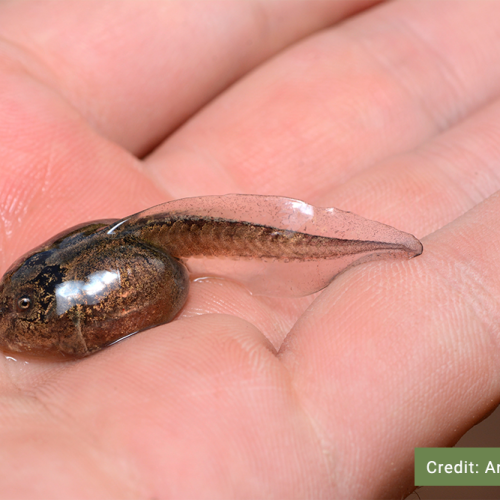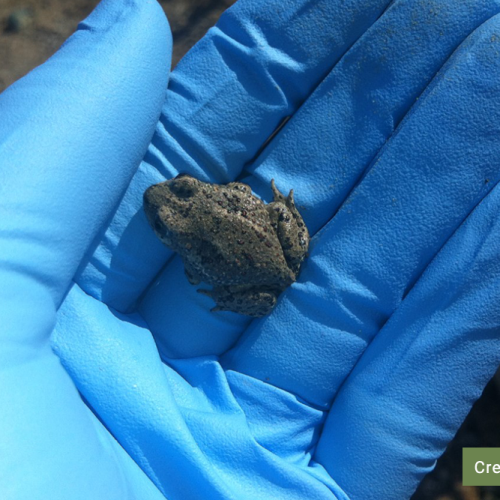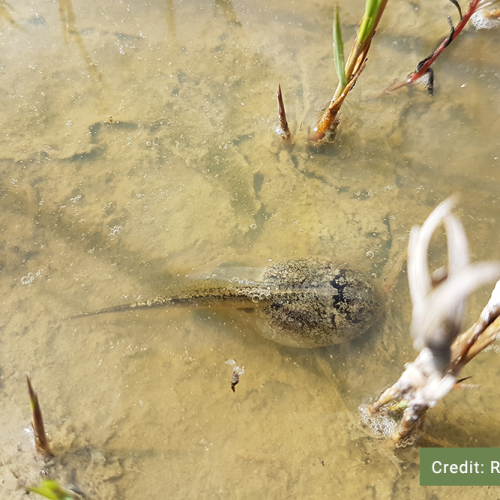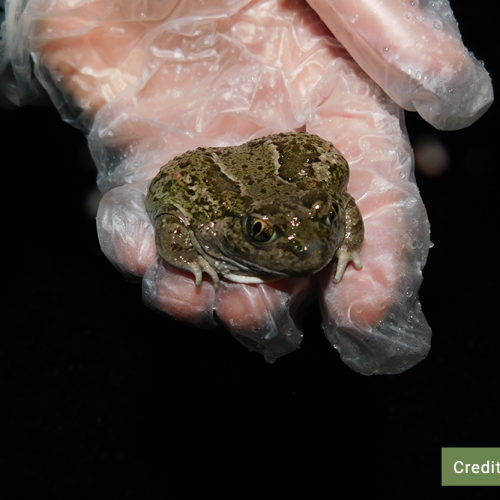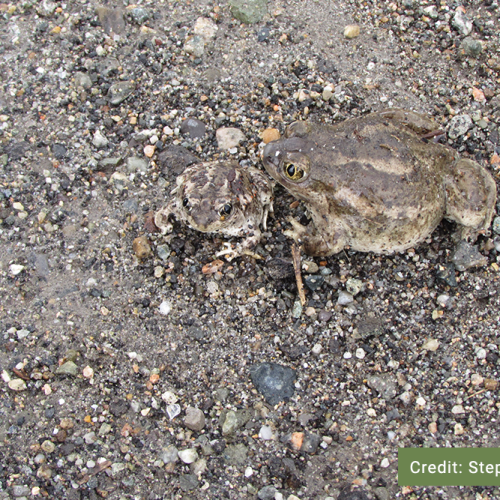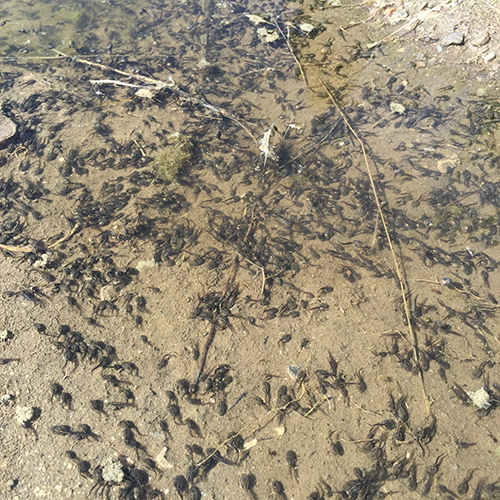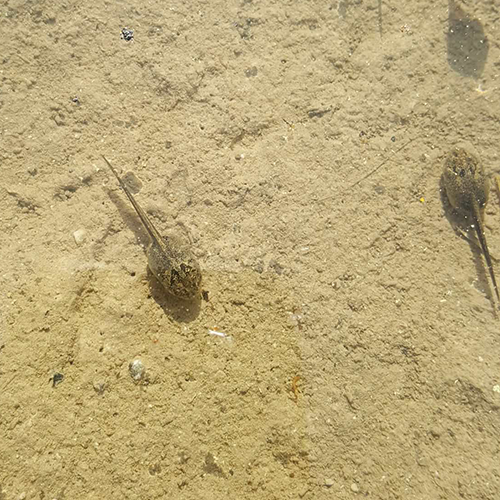Credit: Andrew Nydam
Great Basin Spadefoot
Spea intermontana
Description
Other names: Scaphiopus intermontanus
The Great Basin Spadefoot is a secretive species that is primarily nocturnal. They are generally small, growing up to 5-6.5 cm in length. They are distinctive from other frogs and toads in having teeth in their upper jaw, vertical pupils, relatively smooth skin, a blunt snout, and no parotid glandsDefinition:An external skin gland on the back, neck, and/or shoulder of some toads, frogs, and salamanders, usually visible as a bump. It can secrete a number of milky alkaloid substances which help deter predators..They are characterized by a sharp, wedge-shaped, keratinized tubercleDefinition:A round nodule, eminence, or warty outgrowth that can be found on any part of the body, often giving a pebbly or prickly texture to the skin. or “spade” on the hind foot. They have upturned eyes, small tubercles covering their smooth skin, a glandular hump or “boss” between the eyes, and short legs with webbed feet. The tympanumDefinition:The ear opening in many amphibians, reptiles, and insect. In amphibians, it is normally covered by a circular membrane. is small and discrete. They range in colour from gray-green, to olive, to tan and often the colouration matches the local substrate. The belly is white and they may display light stripes on the flanks. The eyes are golden yellow with distinctive vertical pupils. Great Basin Spadefoot tadpoles have long tails with a large tail fin. The head is triangular with upturned eyes that are high on the head. They are gray, brown, or black with brassy speckling and the belly is golden. Larvae may grow up to 7 cm before undergoing metamorphosis.
Listen to the Indigenous words for “frog” here!
Great Basin Spadefoot Call
The Great Basin Spadefoot call is a series or rapid, low-pitched, guttural noises that sounds like “gwaa, gwaa”. Males may form a chorus that can be heard hundreds of meters away.
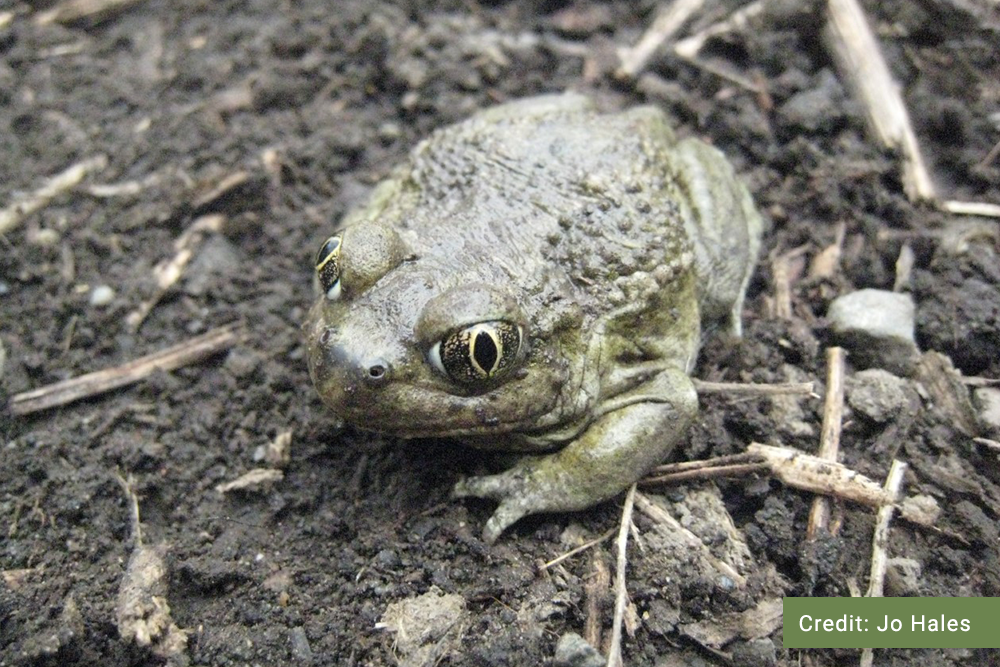
Great Basin Spadefoot Call
The Great Basin Spadefoot call is a series or rapid, low-pitched, guttural noises that sounds like “gwaa, gwaa”. Males may form a chorus that can be heard hundreds of meters away.
Similar Species
The Great Basin Spadefoot may be confused with the Western Toad, the only other toad species in British Columbia. However, the Western Toad has bumpier skin, horizontal pupils, large parotid glands behind the eyes, and lacks the ‘spade’ on the hindfeet that is characteristic of the Great Basin Spadefoot.
The Coastal and Rocky Mountain Tailed Frogs also have vertical pupils but they do not have a tympanum and occupy very different habitats
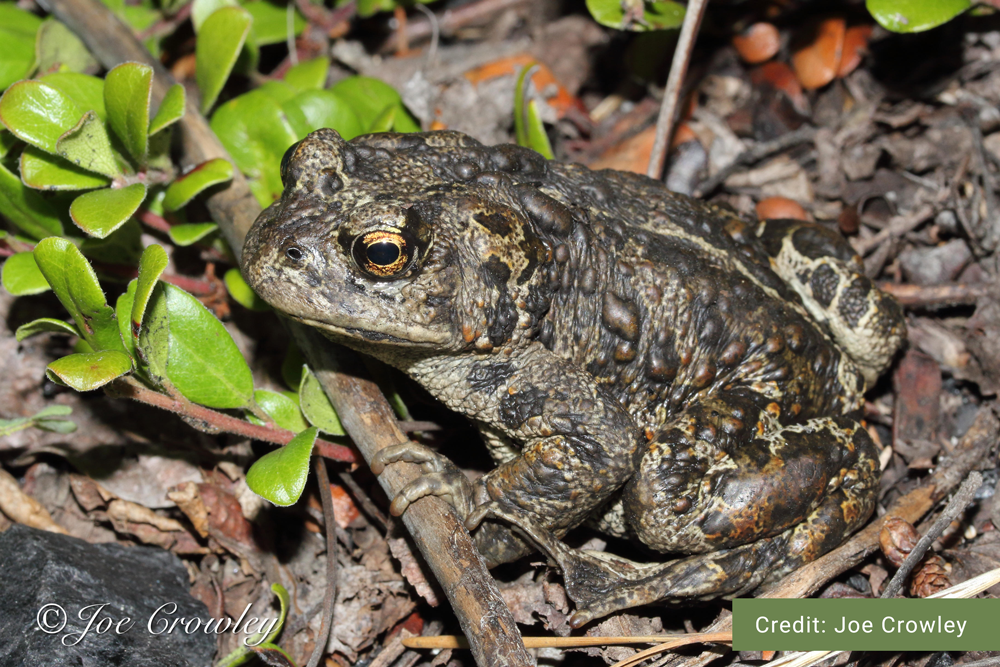
Western Toad
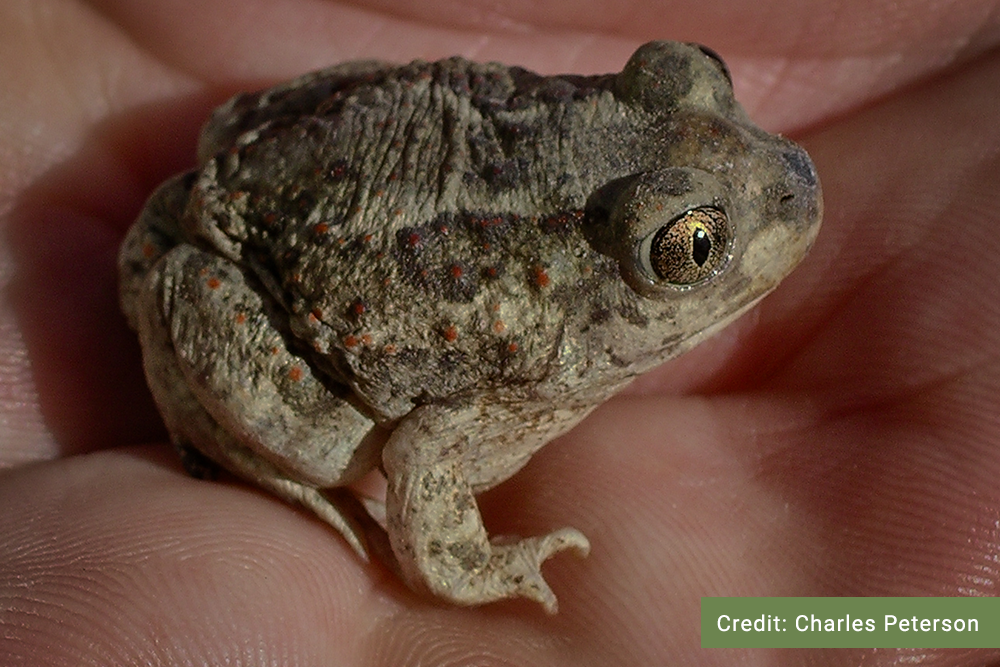
Great Basin Spadefoot
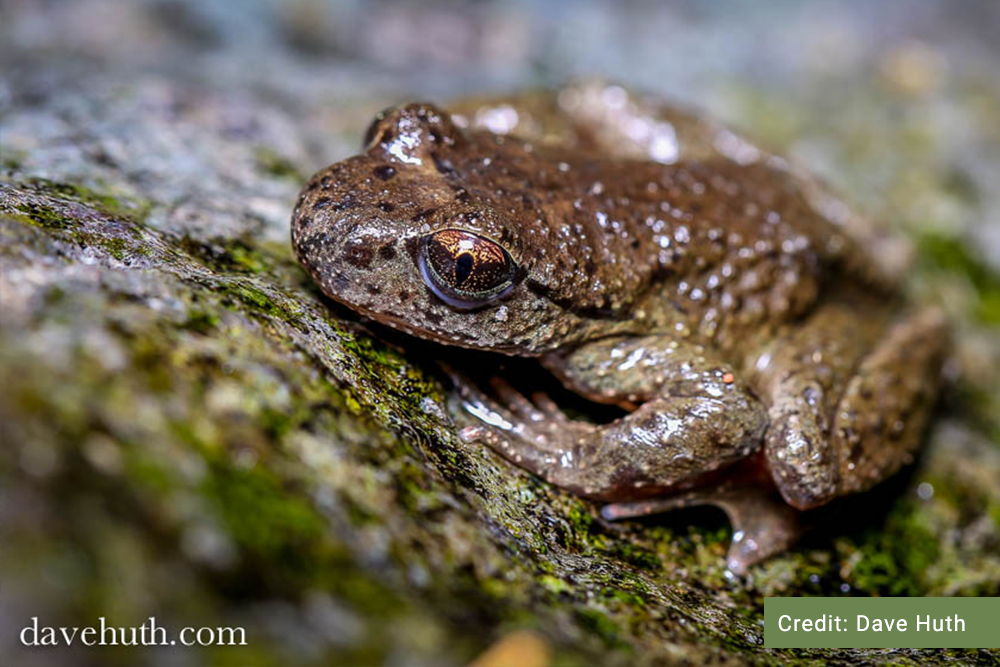
Coastal Tailed Frog

Rocky Mountain Tailed Frog
Distribution
Habitat
Reproduction

Diet
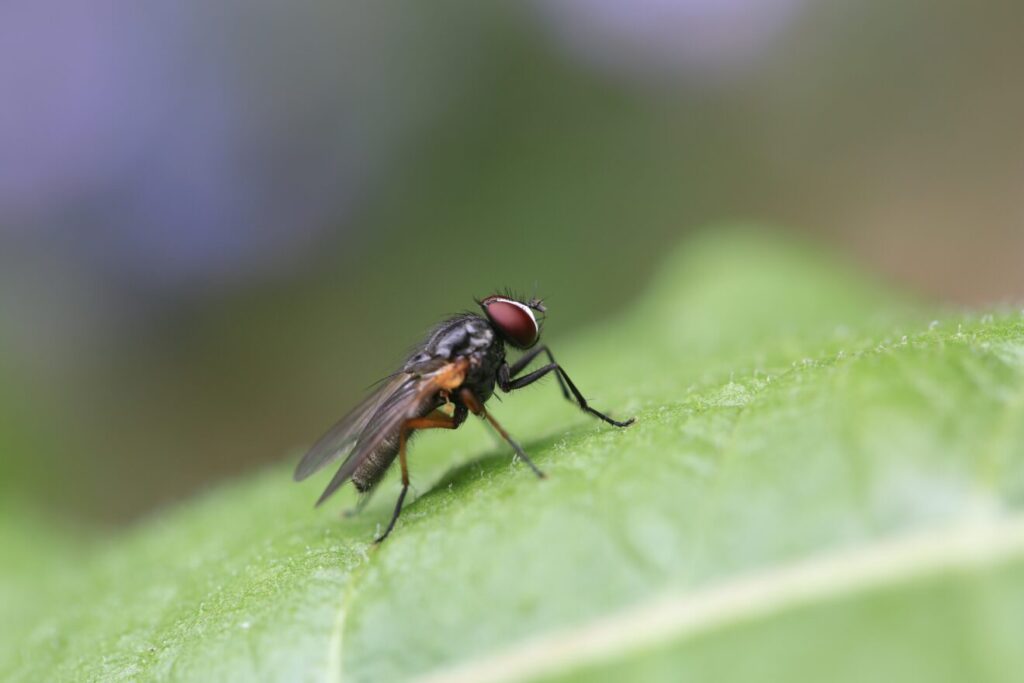
Conservation Status
Global: G5 (2016)
COSEWIC: T
SARA:1-T (2003)
Provincial: S3 (2018)
BC List: Blue
Learn more about conservation status rankings here
Threats
The Great Basin Spadefoot appears to have declined throughout its range in British Columbia and is particularly vulnerable to habitat destruction by cattle-grazing and recreational vehicle use. The grassland ecosystems that they occupy are among the rarest habitats in B.C. and Great Basin Spadefoot are restricted within these habitats to areas with suitable breeding ponds. Trampling of soils by cattle may compact earth to the point that the toads may not be able to effectively burrow. Cattle presence may also decrease water quality in breeding areas through siltation and increased nutrient loading. Agricultural practices that reduce the water table in grasslands can result in the complete loss of breeding ponds. However, the creation of reservoirs can create new habitat and be beneficial to Spadefoots. The introduction of predatory species of fish to some areas may also be contributing to declining populations. Road mortality can cause high levels of mortality, particularly during mass spring migrations as these toads typically move at night and are quite small, making it difficult for drivers to avoid them. Pollution from pesticides and herbicides, road salt, and sediment from forestry can cause mortality and developmental defects. They may also be susceptible to pathogens such as Chytrid fungus and Ranavirus. Climate change is a threat to all frog and toad species as it may increase the frequency and severity of drought and flood events.
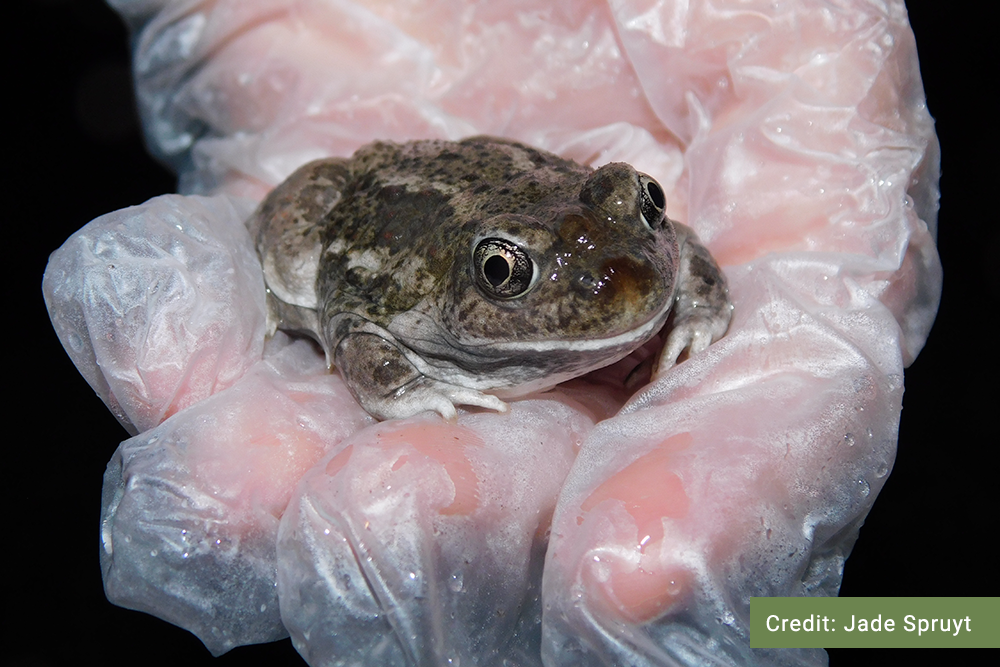
Did You Know?
Fact #1
Fact #2
Fact #3
Species Account Author: Marcus Atkins
Available: https://a100.gov.bc.ca/pub/eswp/ (accessed May 24, 2021). B.C. Conservation Data Centre. 2021. BC Species and Ecosystems Explorer. B.C. Minist. of Environ. Victoria, B.C. Available: https://a100.gov.bc.ca/pub/eswp/ (accessed May 24, 2021).
Matsuda, Brent, David M. Green, and Patrick T. Gregory. 2006. Amphibians and Reptiles of British Columbia. Handbook. Royal BC Museum, Victoria.
http://a100.gov.bc.ca/pub/eirs/viewDocumentDetail.do?fromStatic=true&repository=BDP&documentId=3217
https://www.naturewatch.ca/frogwatch/great-basin-spadefoot/#:~:text=The%20Great%20Basin%20Spadefoot%20is,light%20stripes%20on%20the%20flank. http://www.canadianherpetology.ca/species/species_page.html?cname=Great%20Basin%20Spadefoot http://linnet.geog.ubc.ca/efauna/Atlas/Atlas.aspx?sciname=Spea%20intermontana

